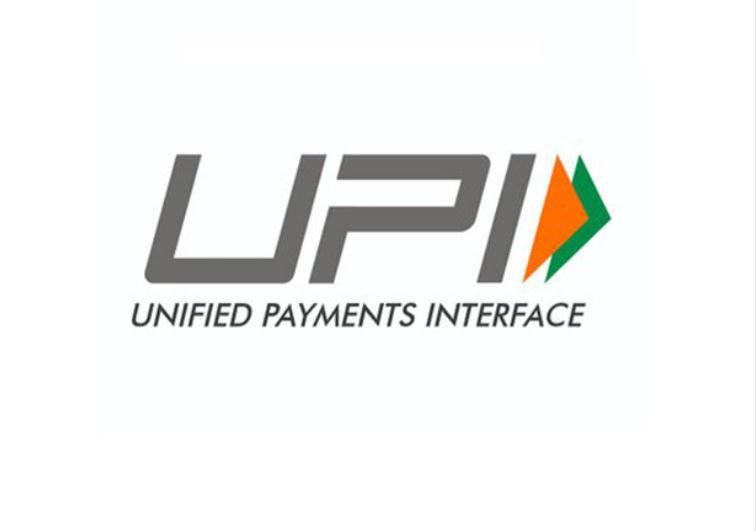'India's success with UPI offers replicable model for other nations'
India's success with UPI offers a replicable model for other nations, a paper written. Read further on Dynamite News:

New Delhi: India's success with UPI offers a replicable model for other nations, a paper written by noted experts asserted, arguing that how this indigenous fintech solution combined public digital infrastructure with open banking policies to reduce financial exclusion, foster innovation, and promote equitable economic growth.
Credit for first time
The paper, which runs into 67 pages, titled 'Open Banking and Digital Payments: Implications for Credit Access' was authored by Shashwat Alok, Pulak Ghosh, Nirupama Kulkarni and Manju Puri.
Among key highlights of the paper are that UPI has enabled underserved groups, including subprime and new-to-credit borrowers, to access formal credit for the first time.
Paper claimed
In regions with high UPI adoption, loans to new-to-credit borrowers grew by 4 per cent, and to subprime borrowers by 8 per cent, the paper claimed.
Unified Payment Interface is India's leading digital payment platform. Payments through digital means in India are hitting fresh highs, as its citizens are increasingly adopting the emerging modes of transacting on the internet. Among others, a key emphasis of the Indian government has been on ensuring that the benefits of UPI are not limited to India only; other countries, too, benefit from it.
Also Read |
India's industrial output grows 5.2% in November
Seamless digital transactions
Since its launch in 2016, the Unified Payments Interface (UPI) has transformed financial access in India, enabling 300 million individuals and 50 million merchants to perform seamless digital transactions.
By October 2023, 75 per cent of all retail digital payments in India were through UPI.
Affordability of digital technology
The affordability of digital technology played a critical role, enabling widespread UPI adoption in rural and urban areas alike.
According to the paper, a 10 per cent increase in UPI transactions led to a 7 per cent rise in credit availability, reflecting how digital financial histories enabled lenders to assess borrowers better.
Also Read |
RBI extends deadline for processing auto-debit payments by 6 months
High UPI-usage areas
"Between 2015 and 2019, fintech loans to subprime borrowers grew to match those of banks, with fintechs thriving in high UPI-usage areas."
"Despite the credit surge, default rates did not rise, showing that UPIenabled digital transaction data helped lenders expand responsibly," the highlight section of the paper read. (with Agency inputs)
 Dynamite News
Dynamite News 